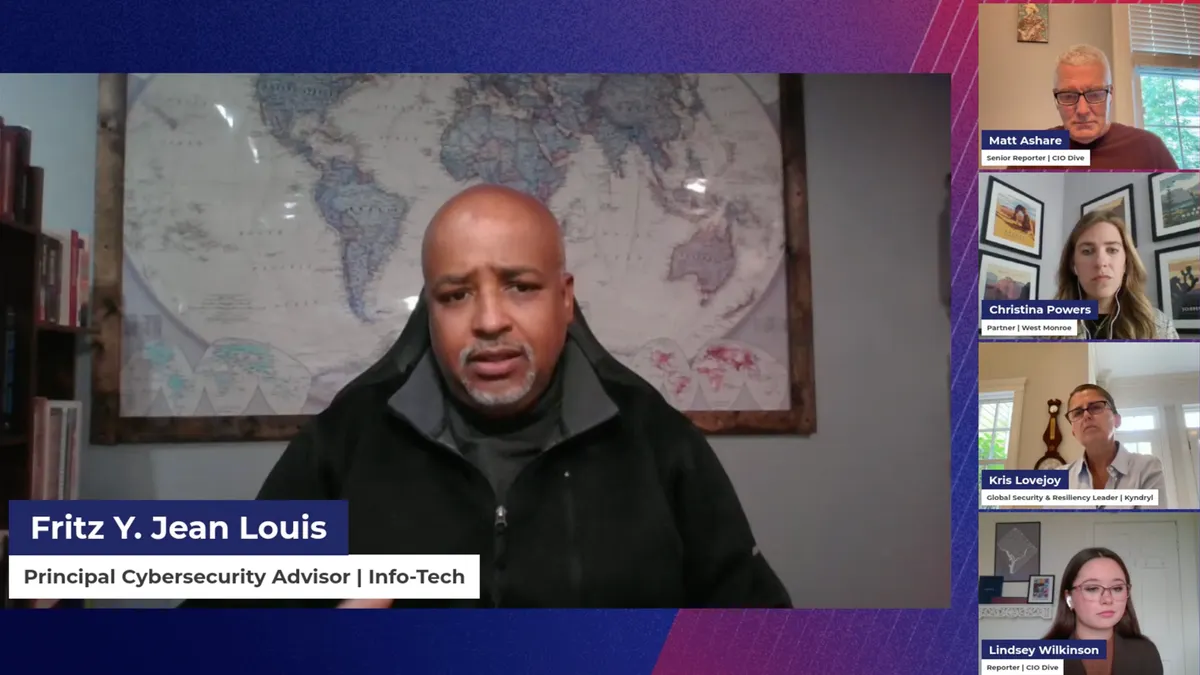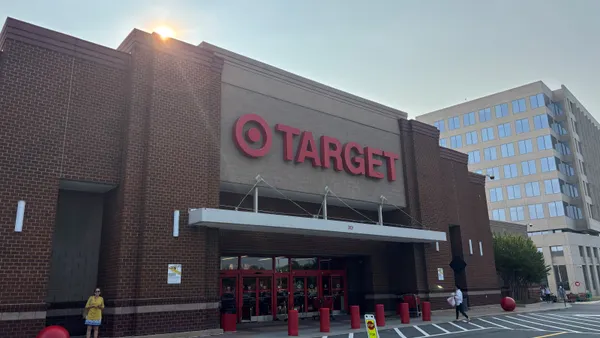In software development, agentic AI is all about achieving economies of scale that were impossible before. There’s no denying its value. However, when AI is implemented in silos with minimal oversight and no common governance, it doesn’t just scale software development and SDLC management processes — it also scales technical debt.
Data from an OutSystems-KPMG survey backs this up, with 44% of respondents citing increased technical debt and AI sprawl as major sources of risk. About one in 10 said they had already encountered challenges with agent sprawl alone. That might sound like an unremarkable figure, but given the relatively nascent state of the technology, it’s likely to rise significantly in the coming years.
While the findings reveal a generally positive outlook on the role of AI in software development, significant challenges remain — and taming AI sprawl is one of the most pervasive. In particular, leaders see agentic systems, when governed properly and coherently, as a force multiplier. On the other hand, if they’re allowed to proliferate without shared guardrails, they become a primary source of risk.
The reason for this is clear: Around half of companies said they either were experimenting with agentic AI or planned to by the end of 2026. Clearly, many organizations are still in the early stages of adoption, even if they’re broadly starting to realize the benefits. The problem is that those adoption patterns are driving fragmentation. Most organizations use a mix of cloud AI services and open-source frameworks alongside in-house builds and low-code integrations. The result is increased management complexity, and that comes with an almost inevitable rise in shadow AI usage, governance and compliance risks, and integration challenges. Agentic AI — if adopted in such a way — only raises the stakes.
What AI sprawl looks like in practice
Imagine a midmarket SaaS company with a couple of dozen product squads across multiple regions. A yearlong push to bring AI into the software development life cycle (SDLC) is underway, and teams are free to experiment with their preferred tech stacks. But then, parallel efforts spring up across QA, security engineering, and DevOps with little coordination. There’s no single source of truth, so no one can confirm whether their agents have pulled sensitive data — like personally identifiable information — for training or context. The audit trail is fragmented across incompatible logs and schemas with no common retention policy. As a result, compliance flags data handling and unverifiable decision logic, and the release slips by several weeks.
That’s just one of many possible examples of AI sprawl and its sidekick shadow AI, and with almost all companies now incorporating AI across the SDLC, it’s a fast-growing challenge. But AI itself isn’t the problem — after all, it’s become a critical business enabler. What matters is how it’s leveraged across the SDLC. It’s not just a matter of “too many tools” either, but overlapping capabilities across functions and agents that act across boundaries and without common guardrails. It’s why almost two-thirds of software executives cite new governance, security or compliance challenges as a major source of risk associated with the increased use of AI-powered automation in software development.
From chaos to control: Four principles of success
If AI sprawl is a governance problem born of fragmented tooling, then the obvious cure is a platform approach that establishes consistent guardrails and policies throughout the SDLC and every business function that touches it. While most organizations rated their ability to govern and monitor their use of AI tools as good or excellent, 28% cited a lack of sufficient governance standards or control mechanisms for autonomous agents. The latter figure will likely creep up for businesses that fail to standardize and unify their AI strategies.
To mitigate AI sprawl and close the blind spots, organizations must:
- Consolidate core capabilities: Agents and other AI services must run behind consistent access and data controls, ideally using low code as the abstraction layer for faster orchestration and unified governance. A platform approach means fewer duplicate agents, competing policies, easier audits, and simpler upgrades.
- Govern the life cycle, not the tool: When governance is focused on individual tools, it becomes fragmented. By governing the entire SDLC as one, however, businesses can proactively address top-level risks such as transparency and compliance head-on. That way, they can scale with trust and end-to-end auditability.
- Rationalize your adoption strategy: Most mature organizations end up with a hybrid of build, buy and integrate. What matters is making that mix intentional and governed — with common design standards across the program: a capability registry, clear handoff patterns, minimum logging/telemetry and defined rollback plans. The result is less rework, faster reuse and more predictable risk.
- Measure what matters: AI adoption in the SDLC is a lot like CI/CD in that it’s continuous and iterative. Instead of focusing on tools, focus on tracking outcomes across the pipeline, such as cycle times, defect-escape rates and rework from AI outputs. Add control metrics such as the cost-to-serve per release and the percentage of steps automated, and review them in regular governance cadences to prune duplicate agents, reinforce standards and make ROI visible.
This is where an agent-aware platform matters. With OutSystems Agent Workbench, companies can scale with a new class of platform tooling to design and orchestrate agents with enterprise-grade security, observability and control spanning teams, datasets and workflows. Leveraging OutSystems’ expanding AI capabilities, companies can turn performance into a disciplined strategy — platform-first, agent-aware and measured. That’s what makes risk manageable and AI adoption a driver of growth.
Get the full report for complete access to the 2025 OutSystems and CIO Dive survey.










